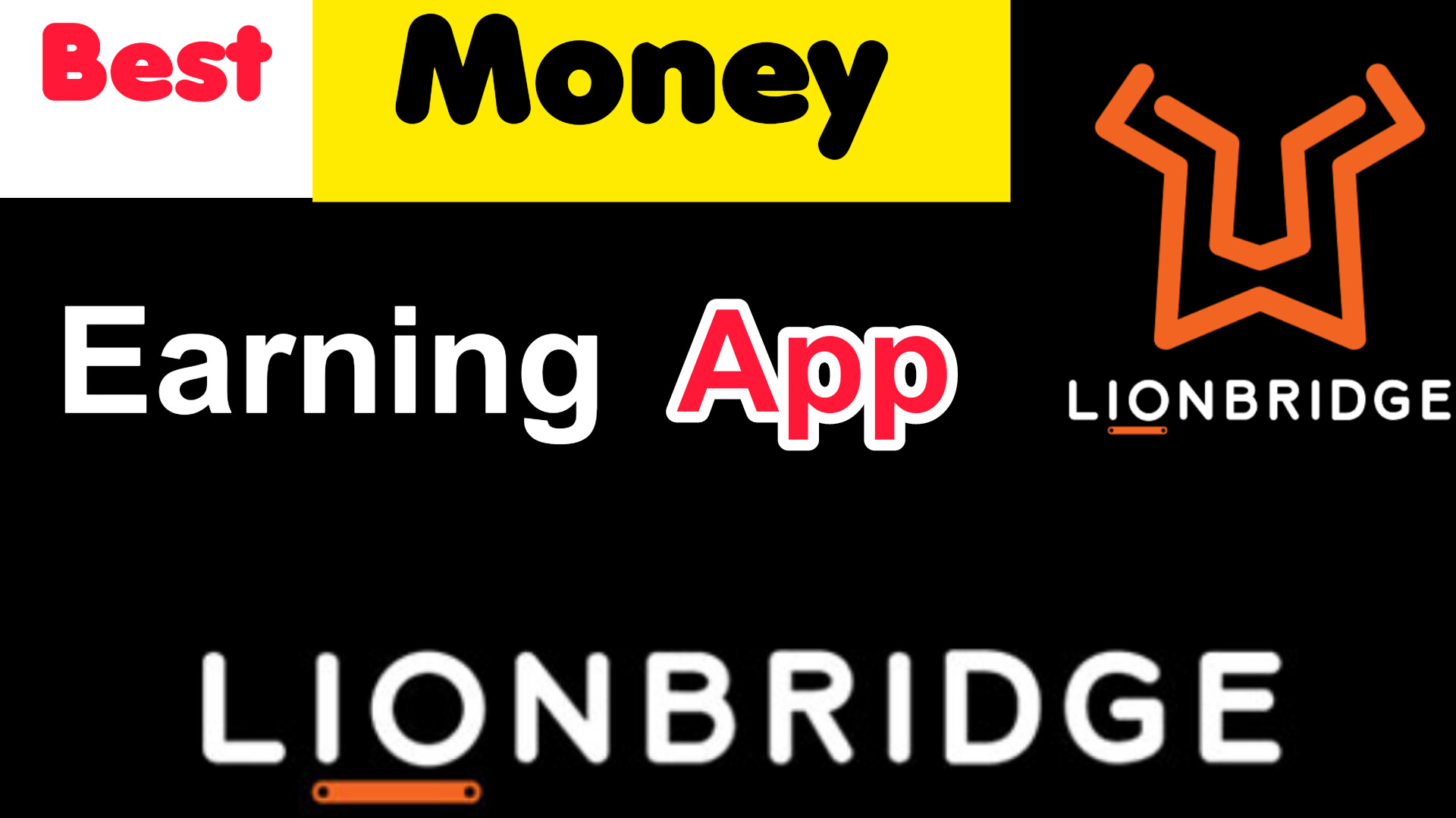Amizone the World of Knowledge is a money earning/making based blog. Amizone the World of Knowledge publishes posts on ‘how to make/earn money, online business ideas, online earning ideas, passive income ideas, freelancing, small business ideas, money earning/making legit tips and tricks, income streams, side hustles, effective ways to earn/make money from legit apps, websites, software and other social media platforms including different products formulas in English and Urdu language.
Friday, December 29, 2023
How to Earn Money Using Fiverr | How to Make Money on Fiverr
Thursday, December 28, 2023
How to Make Money on Quora | Quora Partner Program | Making Money on Quora
How to Make Money on Quora | Quora Partner Program | Making Money on Quora
Dear Readers! If you have the query or question: “How to Make Money on Quora | Quora Partner Program | Making Money on Quora” in your mind, then this post is for you. Read this post till the end without skipping any sentence or line.
CONTENTS
1. Create a Quora Account:
2. Build a Strong Profile:
3. Identify Your Niche:
4. Build a Reputation:
5. Provide High-Quality Content:
6. Optimize Your Content:
7. Expand Your Network:
8. Promote Relevant Products or Services:
9. Offer Consulting or Coaching Services:
10. Create and Sell Digital Products:
11. Engage in Sponsored Content or Partnerships:
12. Track and Optimize Performance:
13. Utilize Quora Partner Program (QPP):
14. Wait for Approval:
15. Enable Monetization and Link a Payment Method:
16. Leverage Quora Spaces:
17. Monitor Your Performance:
18. Continuously Improve:
19. Build a Strong Following:
20. Optimize Your Content for SEO:
21. Drive Traffic to Your External Platforms:
22. Collaborate with Brands or Businesses:
23. Cross-Promote Your Content:
Conclusion:
Writer’s Words:
Making Money Online | How to Make Money Online | Make Money Online How
Making Money Online | How to Make Money Online | Makbe Money Online How
CONTENTS
• Introduction1. Identify your skills and interests
2. Choose your monetization method:
3. Build an online presence
4. Market your services or products
5. Provide excellent customer service
6. Scale and diversify your income streams
7. Stay updated and adapt
8. Research online business models
9. Develop a business plan
10. Build an online presence
11. Offer your services or products
12. Market your offerings
13. Optimize your revenue streams
14. Build relationships and seek testimonials
15. Scale your business
16. Stay updated and persistent
• Conclusion
• Writer’s Words
Introduction:
1. Identify your skills and interests:
2. Choose your monetization method:
a. Freelancing:
b. Online tutoring or couaching:
c. E-commerce:
d. Affiliate marketing:
e. Content creation:
f. Online surveys or microtasks:
3. Build an online presence:
4. Market your services or products:
a. Content marketing:
b. Social media marketing:
c. Email marketing:
d. SEO (Search Engine Optimization):
5. Provide excellent customer service:
6. Scale and diversify your income streams:
7. Stay updated and adapt:
8. Research online business models:
9. Develop a business plan:
10. Build an online presence:
11. Offer your services or products:
12. Market your offerings:
13. Optimize your revenue streams:
14. Build relationships and seek testimonials:
15. Scale your business:
16. Stay updated and prersistent:
Conclusion:
Writer’s Words:
Wednesday, December 27, 2023
How to Make Money from Online Courses | Make Money from Online Courses
How to Make Money from Online Courses | Make Money from Online Courses
CONTENTS
What are Online Courses?
1. Online Courses Coverage:
2. Online Courses Benefits:
How to Create Online Courses?
1. Define your objectives:
2. Choose a topic and target audience:
3. Plan your course structure:
4. Develop course materials:
5. Use a learning management system (LMS):
6. Create multimedia content:
7. Include assessments and feedback:
8. Foster interaction and engagement:
9. Review and iterate:
10. Launch and promote your course:
11. Support learners:
12. Evaluate and improve:
How to make money Creating Online Courses?
1. Identify a profitable course topic:
2. Define your target audience:
3. Plan your course structure and content:
4. Select the right platform:
5. Create high-quality course materials:
6. Price your course strategically:
7. Market your course effectively:
8. Offer a compelling sales page:
9. Provide excellent customer support:
10. Continually update and improve your course:
11. Explore partnerships and collaborations:
12. Monitor and analyze key metrics:
Trusted websites paying for Creating Online Course:
1. Udemy:
2. Teachable:
3. Coursera:
4. LinkedIn Learning:
5. Skillshare:
6. Thinkific:
7. Pluralsight:
8. MasterClass:
Conclusion:
Writer’s Words:
How to make money on YouTube | How to make money with YouTube
How to make money on YouTube | How to make money with YouTube
TABLE OF CONTENTS
- What is YouTube channel?
- Key Features of a YouTube Channel.
- How to make a YouTube channel?
- How to grow YouTube channel?
- How to make money from a YouTube channel?
What is YouTube channel?
Key Features of a YouTube Channel:
There are some famous key features of a YouTube channel:1. Account:
2. Customization:
3. Video Uploads:
4. Playlists:
5. Subscriptions:
6. Engagement:
7. Analytics:
8. Monetization:
You may like to read:
Content Creation and Marketing Business | How to Start Content Creation and Marketing Business
How to make a YouTube channel?
1. Sign in to YouTube:
2. Go to YouTube Studio:
3. Create a new channel:
4. Name your channel:
5. Customize your channel:
6. Set channel description and links:
7. Create and upload content:
8. Optimize video settings:
9. Publish and share your videos:
How to grow YouTube channel?
1. Identify your niche:
2. Create high-quality content:
3. Optimize video titles, descriptions, and tags:
4. Publish consistently:
5. Engage with your audience:
6. Collaborate with others:
7. Promote your channel:
8. Optimize your channel page:
9. Utilize YouTube features:
10. Stay updated with trends and algorithm changes:
You may like to read:
Digital Marketing Agencies | Digital Marketing Agencies Benefits in 2024
How to make money from a YouTube channel?
1. Ad revenue:
2. Channel Memberships:
3. Super Chat and Super Stickers:
4. Sponsored content and brand deals:
5. Merchandise shelf:
6. Crowdfunding:
7. Affiliate marketing:
CONCLUSION:
WRITER’S WORDS:
Tuesday, December 26, 2023
Content Creation and Marketing Business | How to Start Content Creation and Marketing Business
Content Creation and Marketing Business | How to Start Content Creation and Marketing Business
What is Content Creation and Marketing?
Content creation and marketing refer to the process of creating, publishing, and promoting valuable, relevant, and engaging content with the goal of attracting and retaining a targeted audience, driving website traffic, increasing brand awareness, and ultimately driving profitable customer actions.
Content creation involves the creation of various types of content, such as blog posts, articles, videos, infographics, podcasts, social media posts, and more. It involves researching topics, developing ideas, writing or designing the content, and ensuring its quality, accuracy, and relevance to the target audience.
Content marketing, on the other hand, focuses on distributing and promoting the created content to reach and engage with a specific target audience. It involves strategic planning, optimization, distribution, and promotion of the content across various channels, including websites, social media platforms, email marketing, search engines, and more.
Key Objectives of Content Creation and Marketing:
The key objectives of content creation and marketing include:
1. Building brand awareness:
Sharing valuable content helps to establish a brand’s presence online and create brand recognition in the minds of the audience.
2. Driving website traffic:
Creating compelling content that aligns with the interests and needs of the target audience can attract visitors to the website, increasing organic traffic and potential customer interactions.
3. Generating leads:
Informative and valuable content can encourage users to provide their contact information in exchange for additional resources, such as ebooks, whitepapers, or webinars, thereby generating leads for the business.
4. Establishing authority and credibility:
High-quality content that offers expert insights, educates, and provides solutions helps to position a brand as an authoritative and credible source within its industry.
5. Engaging and nurturing the audience:
By consistently creating and sharing valuable content, businesses can establish ongoing relationships with their audience, keeping them engaged and nurturing them towards becoming loyal customers.
6. Boosting search engine visibility:
Well-optimized and relevant content can improve the website’s search engine rankings, driving organic traffic from search engine result pages.
Successful content creation and marketing strategies require understanding the target audience, conducting keyword research, creating compelling and valuable content, optimizing it for search engines, utilizing appropriate distribution channels, and measuring and analyzing the performance to make data-driven improvements.
Starting a Content Creation and Marketing Business:
Starting a content creation and marketing business involves careful planning and execution. While it’s not possible to provide a comprehensive step-by-step guide in a single response, here is an overview of the key steps involved in starting a content creation and marketing business:
1. Define Your Niche and Target Audience:
Determine the specific niche or industry you want to focus on. Understand your target audience, their needs, pain points, and preferences. This will help you tailor your services and create content that resonates with your target market.
2. Develop a Business Plan:
Create a detailed business plan that outlines your goals, target market, services offered, pricing structure, marketing strategies, and financial projections. This plan will serve as a roadmap for your business and help guide your decisions.
3. Establish Your Brand:
Develop a compelling brand identity, including your business name, logo, website, and social media presence. Clearly communicate your unique value proposition and positioning to differentiate yourself from competitors.
4. Set Up Your Business:
Register your business and obtain any required licenses or permits. Set up a dedicated workspace, establish a legal structure (such as a sole proprietorship or LLC), and set up business banking and accounting systems.
5. Determine Your Services:
Determine the range of content creation and marketing services you will offer to your clients. This may include website content creation, blog writing, social media management, email marketing, SEO, video production, and more. Consider your expertise and resources when deciding on your service offerings.
6. Build a Portfolio:
Create a portfolio of your best content and marketing work to showcase your skills and attract clients. If you don’t have any client work yet, consider creating sample pieces or offering your services at a discounted rate to gain initial experience.
7. Generate Leads and Clients:
Develop a marketing strategy to generate leads and acquire clients. This could involve content marketing, networking, attending industry events, cold emailing, leveraging social media platforms, and utilizing online marketplaces or freelance platforms.
8. Pricing and Contracts:
Determine your pricing structure based on factors such as the complexity of the project, the time required, and the value you provide. Develop clear and comprehensive contracts that outline the scope of work, deliverables, timelines, payment terms, and any other relevant details.
9. Deliver High-Quality Work:
Focus on delivering high-quality content and marketing services to your clients. Ensure that you meet deadlines, communicate effectively, and exceed client expectations. Satisfied clients can become valuable references and sources of referrals.
10. Continuously Learn and Evolve:
Stay up-to-date with industry trends, best practices, and new technologies. Continuously improve your skills and knowledge through online courses, industry certifications, conferences, and networking with fellow professionals.
Conclusion:
Starting a content creation and marketing business requires dedication, hard work, and a commitment to delivering value to clients. Remember to adapt your business strategies as needed, refine your services based on client feedback, and always strive for growth and improvement.
I hope you have gotten complete answer of your query and question: “ What is Content Creation and Marketing? Or “ How to start a Content Creation and Marketing Business”.
I strongly believe that your queries have been answered satisfactorily and hope you may have liked this post. In this regard, if you have any question in your mind or you want to get more information and guidance, then ask by commenting on this post. I will definitely give a satisfactory answer to your question. Please like and share this post to encourage me as well as help and guide others. Also follow my blogger site so that my new upcoming posts can reach you easily. Thanks for taking the time to read the post.
Lionbridge App | New Earning App Today | Online Earning App
Lionbridge App | New Earning App Today | Online Earning App Lionbridge App | New Earning App Today | Online Earning App Dear Readers! If you...

-
ٹوتھ پیسٹ Toothpaste بنا کر پیسے کیسے کمائیں؟ How to make toothpaste at home in Hindi/Urdu H1 السلام علیکم ورحمۃ اللہ وبرکاتہ و مغفرتہ! ...
-
نہانے والا صابن بنا کر پیسے کیسے کمائیں؟ نہانے والا صابن بنا کر پیسے کیسے کمائیں؟ السلام علیکم ورحمۃ اللہ وبرکاتہ و مغفرتہ...
-
How to Make Money on Quora | Quora Partner Program | Making Money on Quora Dear Readers! If you have the query or question: “How to Make Mon...








